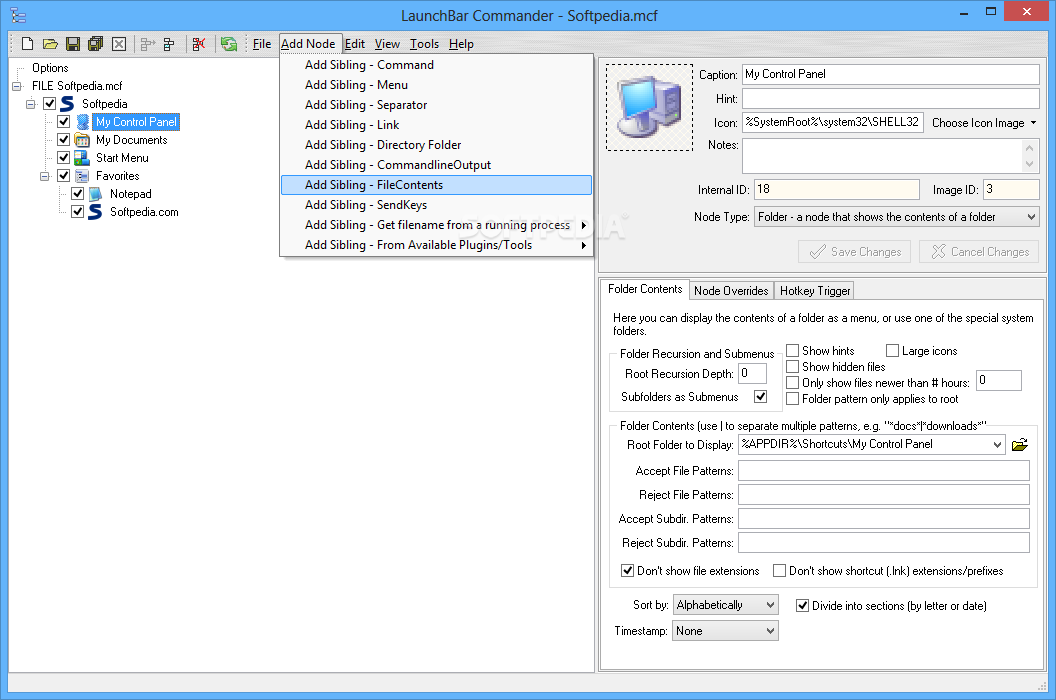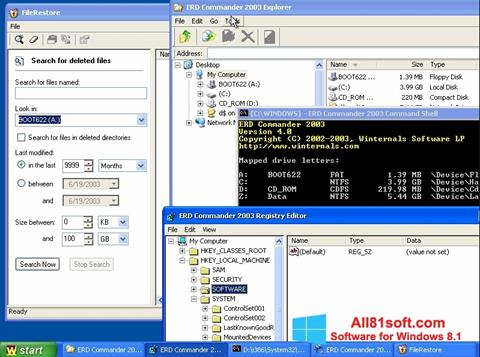
Total Commander is a veteran file manager software that uses a classic layout with two vertical panes. However, in terms of features, it’s a great alternative to the Windows own file explorer. The only downside is, it does not support cloud services or OneDrive. Best of all, this tool can also open network drives apart from local files and folders. You can also add folder tabs for each pane for that added comfort as you browse through your data.Īlthough it’s simple in terms of appearance, it does offer a lot of features that include the splitting and merging files, creating and authenticating checksum, zipping and unzipping of file archives, renaming batches, shredding files, and so on. This makes it convenient for you to copy or move files between two different folders.

This file manager for Windows comes with a dual-pane interface that can show you two different folders concurrently. Price: Free 30-day trial available Upgrade starts from $49įreeCommander lives upto its name by offering its services free of cost. RELATED: How to Put the Command Prompt Back on the Windows+X Power Users MenuĪnd with that, you have three very easy ways to run commands in the Command Prompt window as administrator.Moreover, it supports metadata, allows renaming of files in batches, in-built support for FTP that helps smooth upload and download of files without using a third-party app, support for various archive formats like Zip, RAR, etc, integrated image uploader and converter, and so on. You can do pretty much everything in PowerShell that you can do in Command Prompt, plus a lot of other useful things. It’s very easy to switch back to showing the Command Prompt on the Power Users menu if you want, or you can give PowerShell a try. Note: If you see PowerShell instead of Command Prompt on the Power Users menu, that’s a switch that came about with the Creators Update for Windows 10. On the Power Users menu, choose “Command Prompt (Admin).” Option Three: Use the Power User (Windows+X) Menuīoth Windows 8 and 10 offer a Power Users menu that you can access by pressing Windows+X or just right-clicking the Start button. Type “cmd” into the box and then press Ctrl+Shift+Enter to run the command as an administrator.

If you’re used to using the “Run” box to open apps, you can use that to launch Command Prompt with admin privileges. Once you’ve got the “Administrator: Command Prompt” window open, you can run any command, whether it requires administrative privileges or not. When you launch the Command Prompt with admin privileges, you’ll likely see a “User Account Control” window asking for permission to continue.


 0 kommentar(er)
0 kommentar(er)
